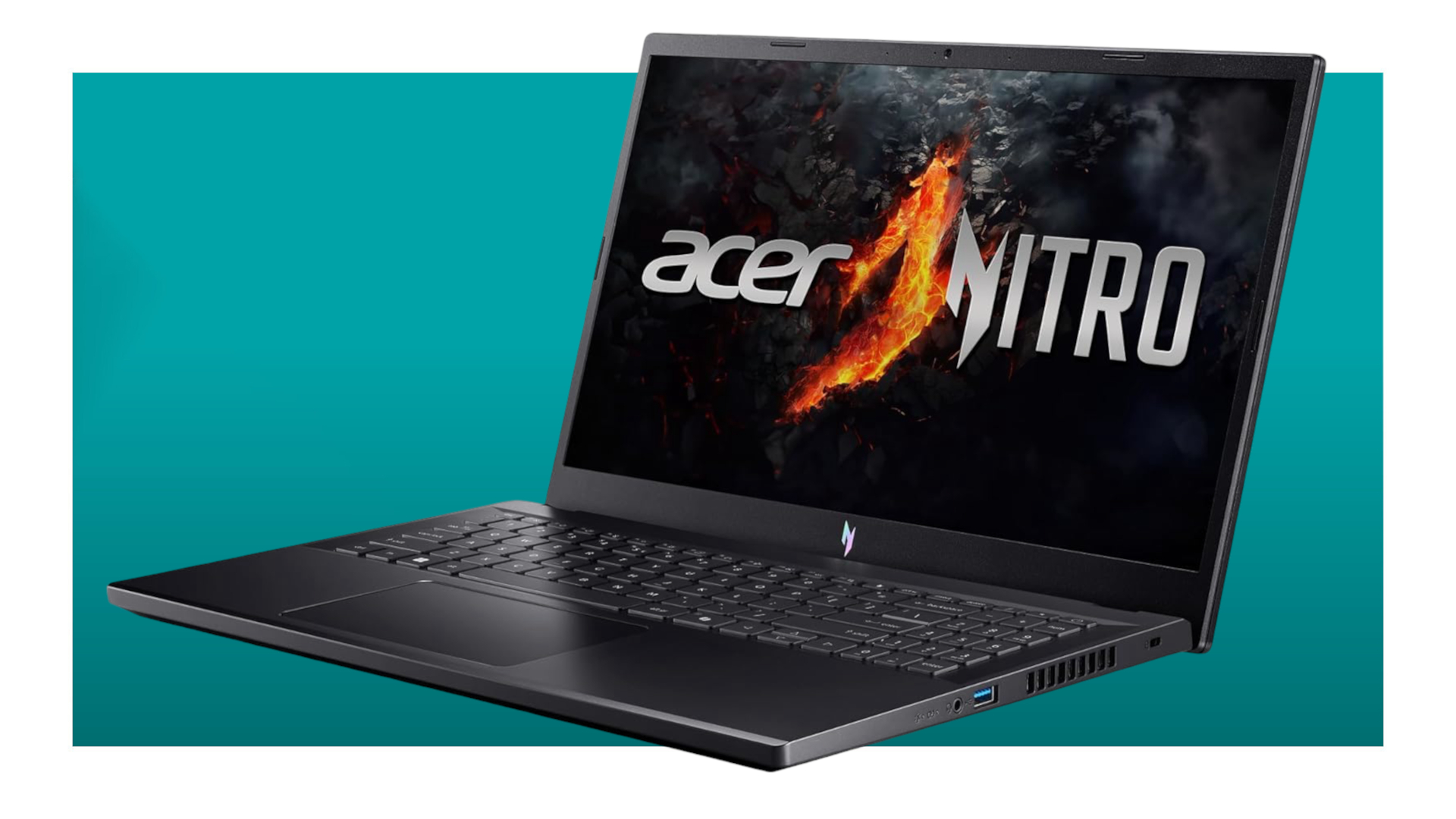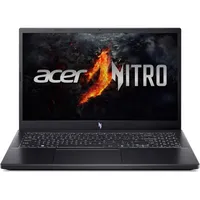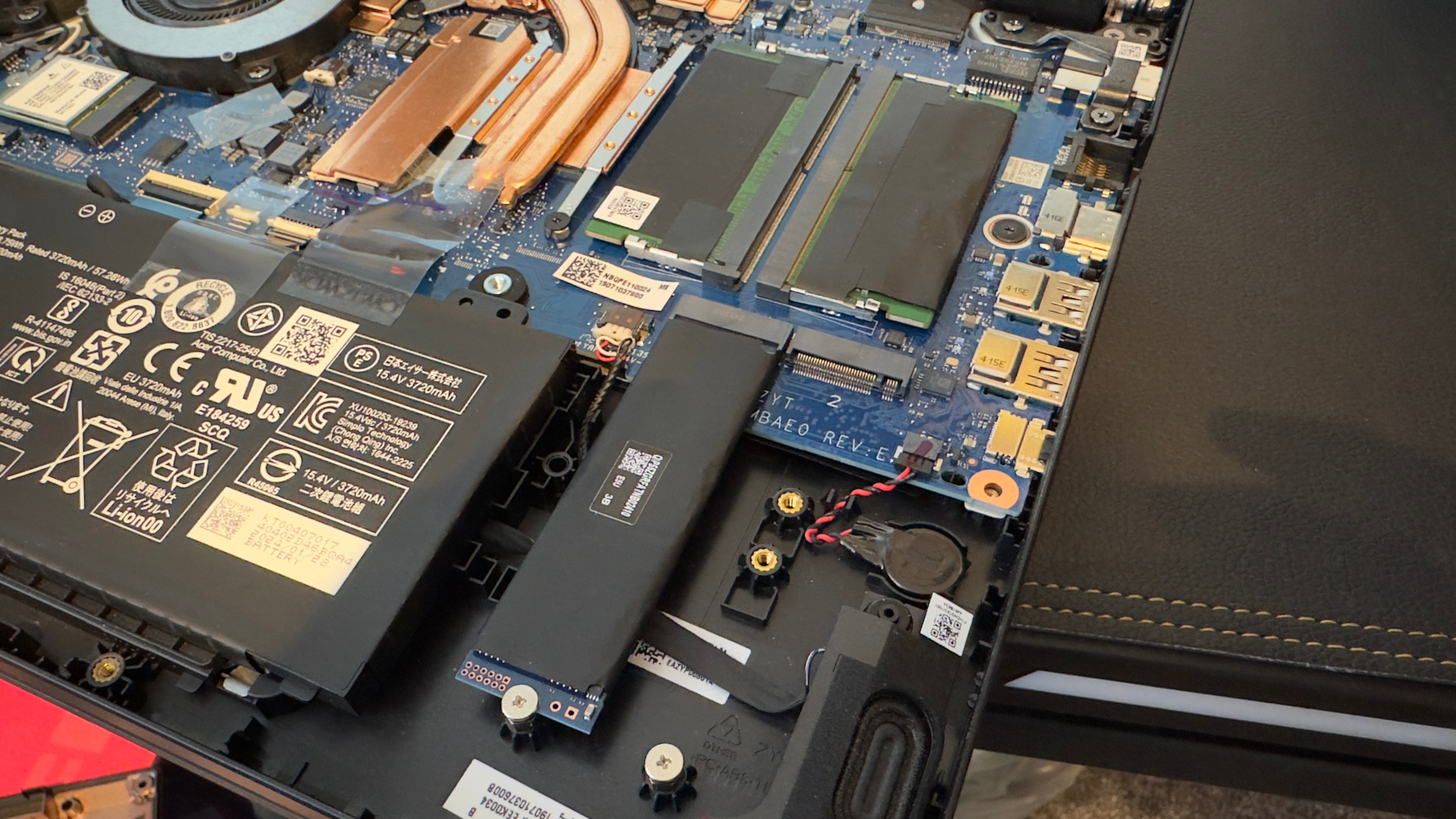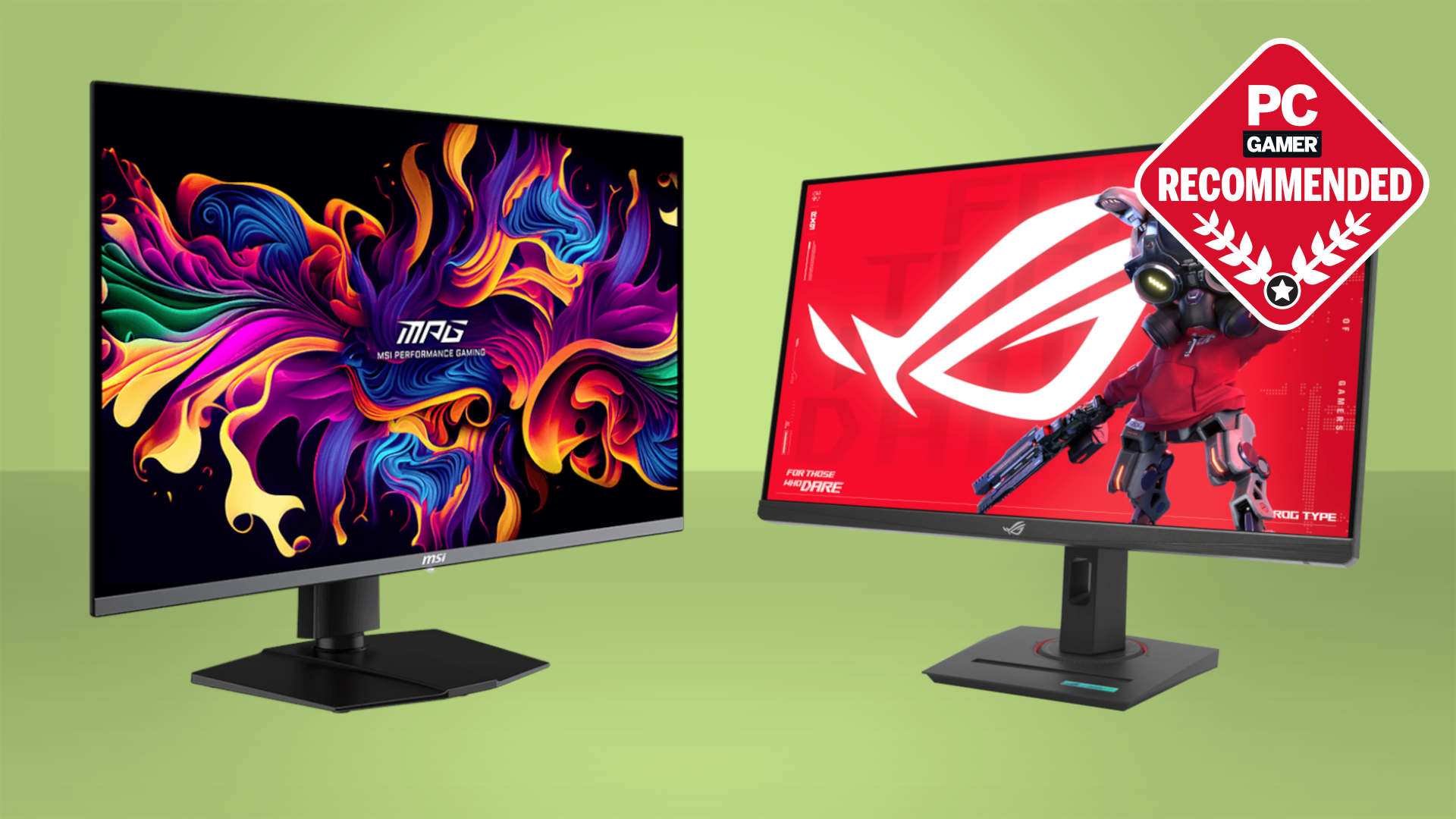This Acer RTX 4050 notebook is just $600 and, with a cheap RAM upgrade, you'll have a brilliant budget gaming laptop
Plus, you can add a second SSD to host your bulging Steam library.

Acer Nitro V 15 | RTX 4050 | Ryzen 5 7535HS | 15.6-inch | 1080p | 144 Hz | 8 GB DDR5 | 512 GB SSD | $769.99 $599.99 at Amazon (save $170)
Cheap doesn't always have to mean rubbish when it comes to gaming laptops, and this little Acer is ample proof of that. Sure, the amount of RAM and the size of the SSD are disappointing, but the Ryzen 5 processor and RTX 4050 are both ideal for 1080p gaming. Spend a little extra on a RAM upgrade kit, and it'll be top-notch.
Up until today, the cheapest gaming laptop deal we've seen this week was an HP Victus 15 model for $678 at Walmart. But after a morning of browsing through a variety of retailers, I reckon I have something better: an Acer Nitro V 15 for just $600 at Amazon.
I can personally vouch for the little laptop because I use almost the exact same model in all of the game performance analysis articles I write (e.g. The Last of Us Part 2, Assassin's Creed: Shadows, Avowed, Kingdom Come: Deliverance 2)—mine uses the bigger Ryzen 7 7735HS processor, with two more CPU cores than the 7535HS in this one, and it has twice as much RAM.
But other than those aspects, it's the same laptop. The star of the show here is the RTX 4050 GPU. No, really! Yes, it only has 6 GB of VRAM and the power limit is a mere 75 W, but it's honestly far better than you expect it to be.
Enable DLSS upscaling (and in some cases, Frame Generation) and you'll get even better performance—or you can stick to the same frame rate and just use a better graphics preset. Naturally, the Ryzen 5 7535HS isn't quite as performant as the Ryzen 7 7735HS but there's not a huge difference between the two.
But my test Acer does have one big advantage over the laptop in this deal, and it's the amount of RAM. The $600 one only comes with a single 8 GB DDR5 stick and that's just not enough for today's games. Fortunately, it's really easy to remove the back of the laptop and swap it out for a 16 GB kit.
Just remove the screws and then use a thin piece of plastic to gently prise the back off—don't pull on it, otherwise you risk snapping the lugs that hold it in place. Once it's off, though, you'll have instant access to the RAM and you'll see that there's a spare M.2 slot for another SSD.
The RAM sticks are only held in place by the springy metal arms on each side, so you just pull gently on those and lift the DIMMs out. And you don't need to spend a lot of money to replace them. By default, the Acer laptop uses DDR5-4800 CL40 RAM and you can pick up a 16 GB kit of Crucial memory for $42 at Newegg.
While you've got the back off, you might as well pop another SSD in there, as the standard 512 GB one will fill up very quickly with games. So, how about this 1 TB Klevv M.2 SSD for $57 at Amazon?
Neither the replacement RAM nor the extra SSD are very fast, but they perfectly match the rest of the hardware inside the Acer Nitro V 15. And best of all, buying the whole lot will cost three cents shy of $699—that's $21 more than the HP Victus laptop I mentioned at the start, but you're getting twice as much RAM and three times more storage (512 GB + 1 TB versus 512 GB). That's a clear win in my book.
I know the HP laptop has a better CPU, but you really won't notice the difference in the vast majority of games, and this Acer deal is better value for money. Given all the doom and gloom about prices in PC gaming right now, we could all do with a bit of good news now and then.
Keep up to date with the most important stories and the best deals, as picked by the PC Gamer team.

Nick, gaming, and computers all first met in the early 1980s. After leaving university, he became a physics and IT teacher and started writing about tech in the late 1990s. That resulted in him working with MadOnion to write the help files for 3DMark and PCMark. After a short stint working at Beyond3D.com, Nick joined Futuremark (MadOnion rebranded) full-time, as editor-in-chief for its PC gaming section, YouGamers. After the site shutdown, he became an engineering and computing lecturer for many years, but missed the writing bug. Cue four years at TechSpot.com covering everything and anything to do with tech and PCs. He freely admits to being far too obsessed with GPUs and open-world grindy RPGs, but who isn't these days?
You must confirm your public display name before commenting
Please logout and then login again, you will then be prompted to enter your display name.



